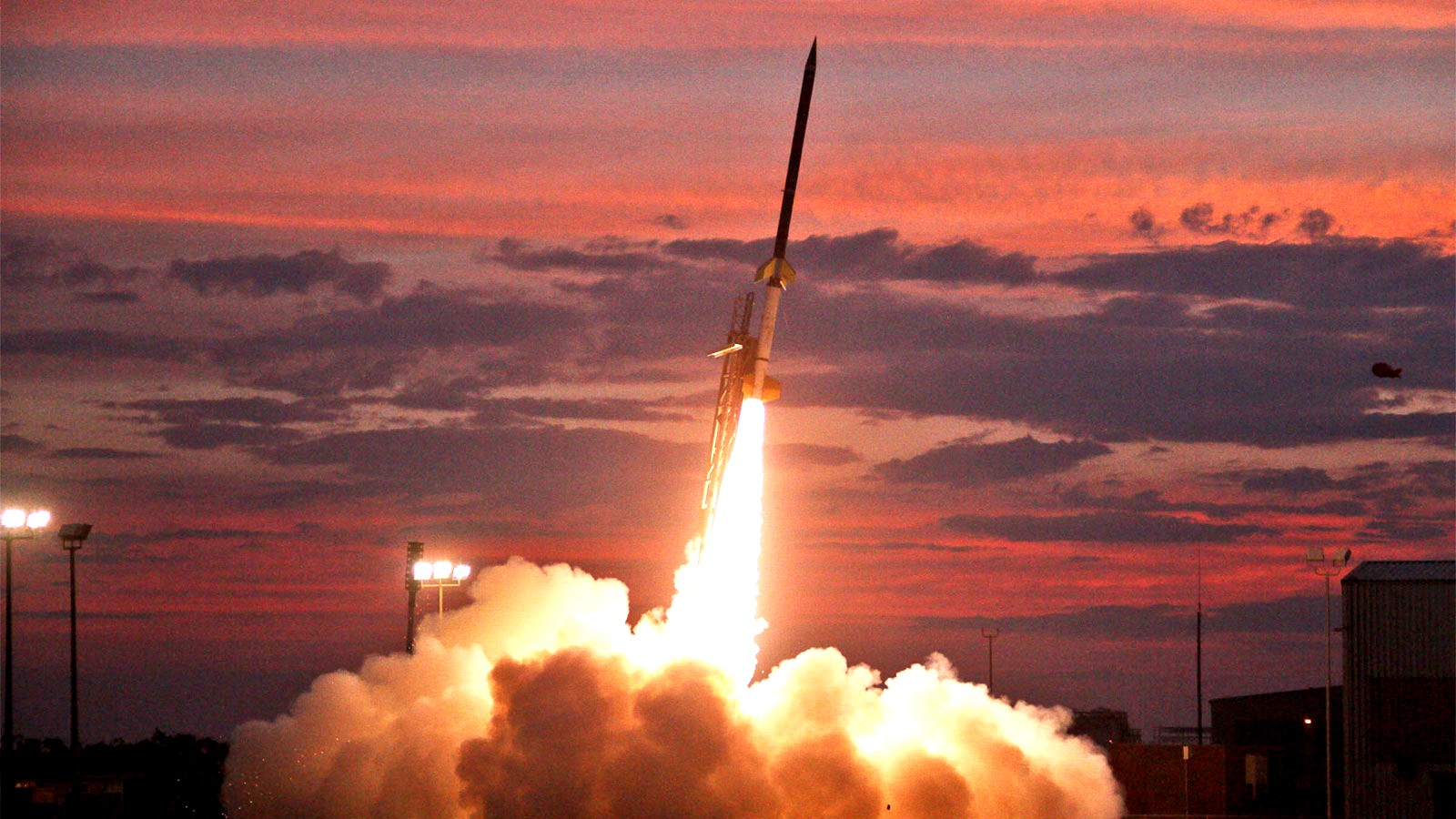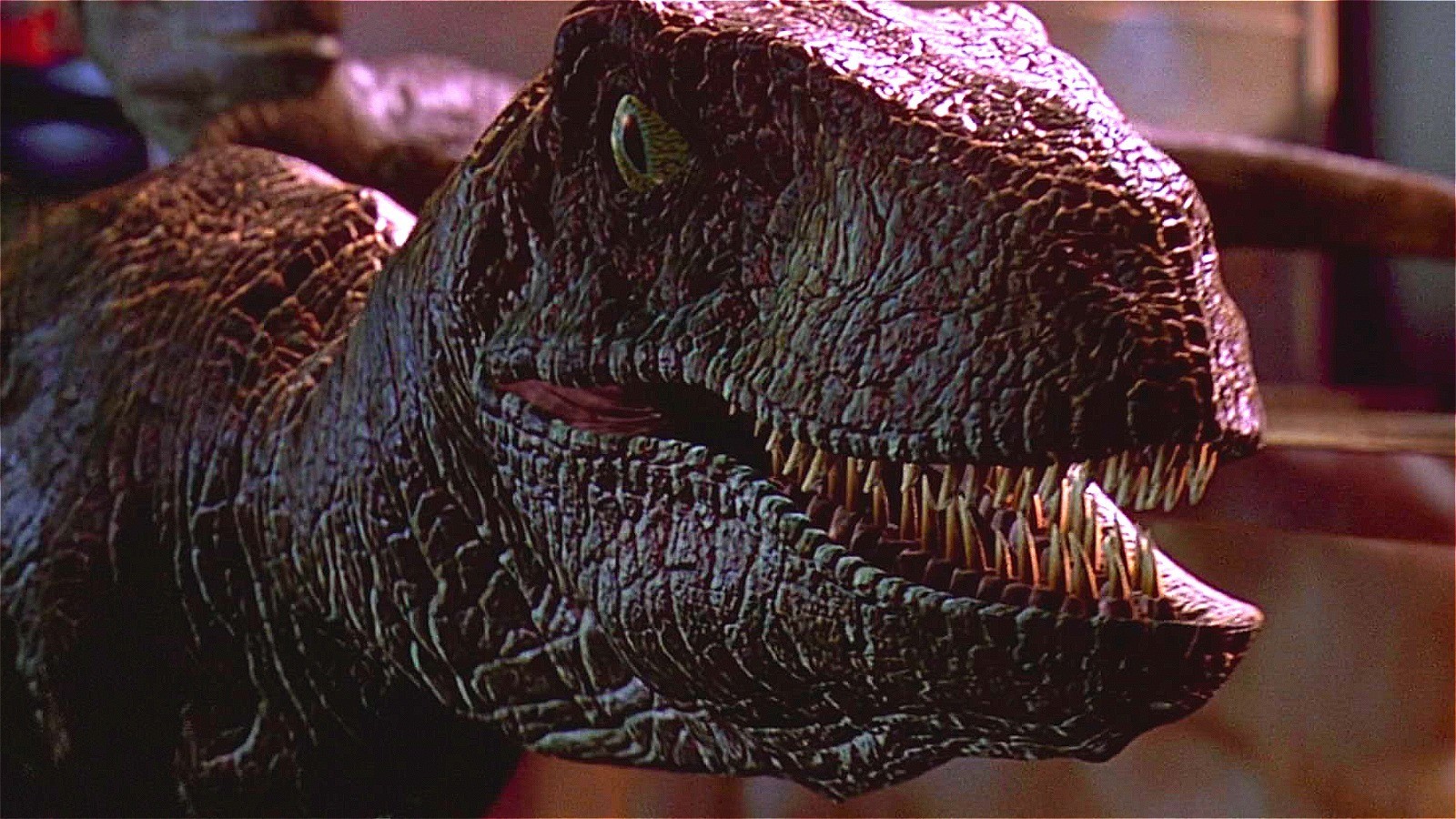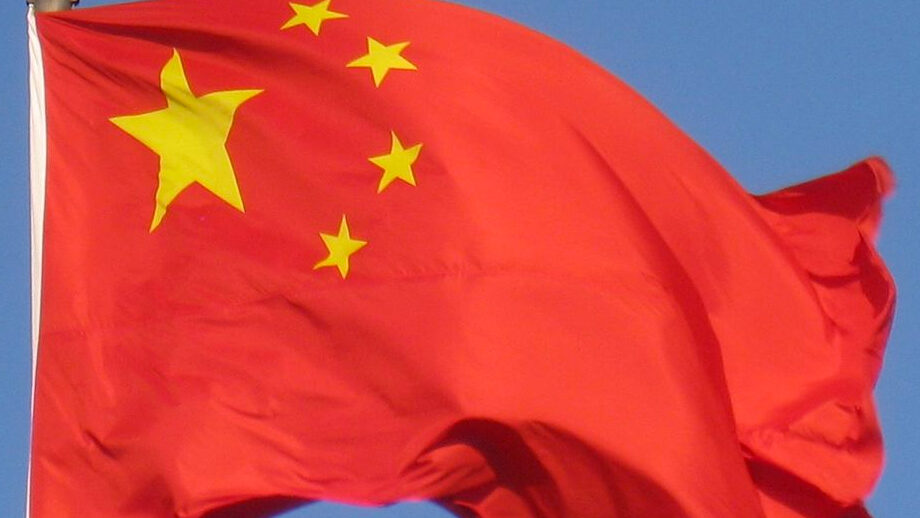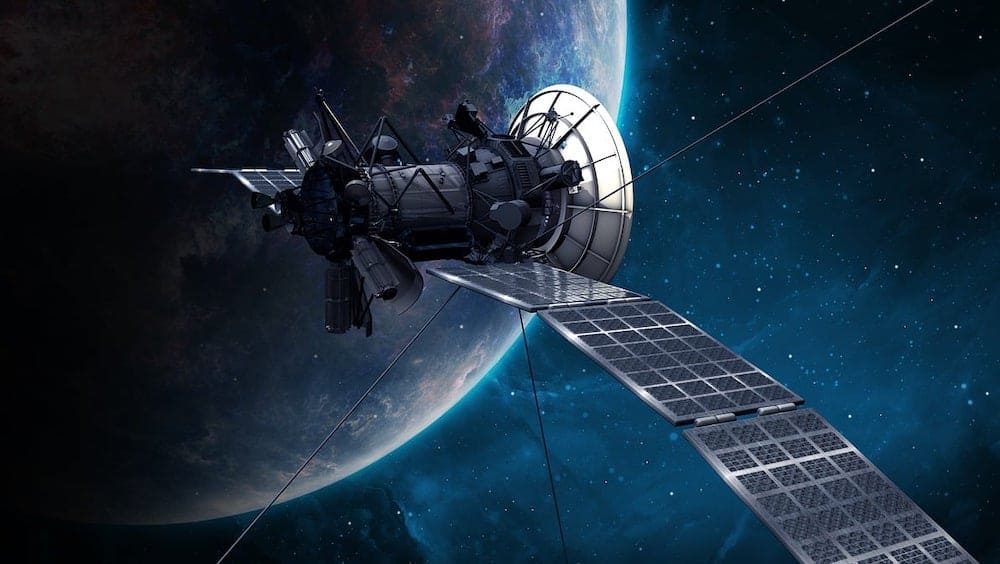China

Latest China Stories
Netflix Sci-Fi Fantasy Adventure Tugs At Everyone’s Heartstrings
Over the Moon is one of the best-animated films on Netflix now, and yet it has flown under the radar …
Continue reading “Netflix Sci-Fi Fantasy Adventure Tugs At Everyone’s Heartstrings”
2 weeks ago
Netflix Fantasy Adventure Epic Blockbuster Is One-Of-A-Kind Adaptation
Gamers and fantasy devotees need look no further than Netflix for their next fix: the streaming platform sports 2016’s Warcraft …
Continue reading “Netflix Fantasy Adventure Epic Blockbuster Is One-Of-A-Kind Adaptation”
3 weeks ago
Catastrophic Chinese Accidental Rocket Launch Footage Released
The Chinese company Space Pioneer attempted to conduct a “static fire” test with the first stage of its new Tianlong-3 …
Continue reading “Catastrophic Chinese Accidental Rocket Launch Footage Released”
3 weeks ago
Deadpool & Wolverine Makes International History
We are only about a month removed from the release of what is anticipated to be one of the biggest …
Continue reading “Deadpool & Wolverine Makes International History”
1 month ago
The Cartoon Cat Driving China Censors Mad
When anti-lockdown protests broke out across China in November 2022, a cartoon cat on X became an unlikely hero. This …
Continue reading “The Cartoon Cat Driving China Censors Mad”
1 month ago
The Netflix Supernatural Fantasy Series That Makes Fun Of The Entire Genre
God Troubles Me is a Chinese TV show focused on an unlikely character. Though this is a fantasy series, the …
Continue reading “The Netflix Supernatural Fantasy Series That Makes Fun Of The Entire Genre”
1 month ago
Netflix Dystopian Sci-Fi Epic Thriller Is One Of The Biggest Interstellar Blockbusters Ever Made
The 2019 Chinese sci-fi film The Wandering Earth is streaming on Netflix. Directed by Frant Gwo, the movie is based …
2 months ago
The Fantasy Epic Romance Series On Netflix With Excellent Performances
Love Between Fairy and Devil is a Chinese romantic drama. While the story itself is pretty classic, with pretty standard …
Continue reading “The Fantasy Epic Romance Series On Netflix With Excellent Performances”
2 months ago
Megaraptor Dinosaur Discovery Reveals New Huge Monster
After excavating a large mud stone deposit in China’s Fujian province, paleontologists discovered a group of dinosaur tracks that they …
Continue reading “Megaraptor Dinosaur Discovery Reveals New Huge Monster”
3 months ago
North Korea Secretly Worked On Invincible And Other Shows, New Report Reveals Shocking Evidence
According to a shocking news report from CNN, a number of animation studios based in the United States may have …
3 months ago
C Dramas Are Your Next Big Netflix Obsession
C Dramas, or Chinese dramas, have a lot going for them. Like their Korean counterparts, most of their shows feature …
Continue reading “C Dramas Are Your Next Big Netflix Obsession”
3 months ago
Gaming Exec Sentenced To Death For Murdering Netflix’s 3 Body Problem Producer
As 3 Body Problem became the latest Netflix sensation with its debut on the streaming platform last week, some of …
Continue reading “Gaming Exec Sentenced To Death For Murdering Netflix’s 3 Body Problem Producer”
4 months ago
Chinese Humanoid Robot Defeats Speed Record, See The Machine In Action
In robotics, achieving the fluidity and agility of human movement has long been a challenge for developers. While the complexities …
Continue reading “Chinese Humanoid Robot Defeats Speed Record, See The Machine In Action”
4 months ago
TikTok Bill Could Ban Countless Apps And Sites
Last week was a tumultuous time for social media and apps in general as the United States government is looking …
Continue reading “TikTok Bill Could Ban Countless Apps And Sites”
4 months ago
China Creating AI Scientists In Hopes Of Solving Incredible Experiments
Researchers in China have developed a framework for teaching machine learning models that could lead to the creation of “real …
Continue reading “China Creating AI Scientists In Hopes Of Solving Incredible Experiments”
5 months ago
Chinese Communication Device Found At US Ports, Espionage Investigation Underway
Communication devices have been found in cranes made by a Chinese company and used across United States ports raising concerns …
Continue reading “Chinese Communication Device Found At US Ports, Espionage Investigation Underway”
5 months ago
Russia And China Building Nuclear Power Plant On The Moon
Russia and China have plans to establish a nuclear power plant on the moon between 2033 and 2035. The two …
Continue reading “Russia And China Building Nuclear Power Plant On The Moon”
5 months ago
The Sci-Fi Movie With The Biggest Box Office Is Not What Anyone Would Guess
The number of science fiction films that continue to amaze the world with record-breaking box office receipts are usually relegated …
Continue reading “The Sci-Fi Movie With The Biggest Box Office Is Not What Anyone Would Guess”
5 months ago
Starbucks Creates Pork Latte Because The World Deserves To End
As if Starbucks wasn’t complicated enough, with its own culture, lingo, and variety of coffee and non-coffee beverages, the company …
Continue reading “Starbucks Creates Pork Latte Because The World Deserves To End”
5 months ago
Warner Bros. Collaborates With China Propaganda Team And Draws Backlash
In an effort to whitewash the Chinese government’s oppressive actions against Uyghurs in Xinjiang, Warner Bros. Discovery affiliate the Discovery …
Continue reading “Warner Bros. Collaborates With China Propaganda Team And Draws Backlash”
5 months ago
China Deciding The Hugo Awards Means Rampant Censorship
Many great works of science fiction have painted a nightmare future where authoritarian leaders rule the world with an iron …
Continue reading “China Deciding The Hugo Awards Means Rampant Censorship”
5 months ago
Netflix Sci-Fi Epic Remake Sees Original Version Release On Rival Streamer
In a strategic move to beat Netflix to the punch, Peacock has secured the exclusive streaming rights for the Chinese …
Continue reading “Netflix Sci-Fi Epic Remake Sees Original Version Release On Rival Streamer”
5 months ago
Chinese Scientists Create Terrifying Surveillance Device That Could Change War
The South China Morning Post reported that Chinese scientists have allegedly created a new military surveillance technology that will be …
Continue reading “Chinese Scientists Create Terrifying Surveillance Device That Could Change War”
6 months ago
Texas Civil War Being Pushed In China, New Sci-Fi Movie Affected?
The changes in the Chinese government in 2013 resulted in the state’s re-focus on Marxist-Leninist ideology, with just a smidge …
Continue reading “Texas Civil War Being Pushed In China, New Sci-Fi Movie Affected?”
6 months ago
Sci-Fi Awards Controversy Leads To Resignations And Censures
Controversy surrounds the 2023 Hugo Awards, shaking the world of science fiction and fantasy, resulting in significant upheaval in the …
Continue reading “Sci-Fi Awards Controversy Leads To Resignations And Censures”
6 months ago
AI Versus AI Warfare Coming Soon
AI technology has all but become ubiquitous since its recent widespread popularity has proven a number of practical applications. Not …
Continue reading “AI Versus AI Warfare Coming Soon”
6 months ago
Nicole Kidman Controversial New Series Gets Censored
The new Nicole Kidman-led drama series Expats is being blocked in the Chinese territory of Hong Kong despite the story being set …
Continue reading “Nicole Kidman Controversial New Series Gets Censored”
6 months ago
China Opens Massive Underground Dark Matter Lab
Scientists in China recently unveiled the deepest and largest underground laboratory ever built. Nestled 7,800 feet beneath the towering Jinping …
Continue reading “China Opens Massive Underground Dark Matter Lab”
6 months ago
Pentagon Warns Of Actual Space War
United States military leaders gathered for a change-of-command ceremony for the US Space Force at Peterson Space Force Base in …
Continue reading “Pentagon Warns Of Actual Space War”
6 months ago
Sci-Fi’s Biggest Awards Mired In Controversy Because Of China?
The Hugo Awards (prestigious sci-fi literary awards) were hosted in China for the first time in 2023, and recent scrutiny …
Continue reading “Sci-Fi’s Biggest Awards Mired In Controversy Because Of China?”
6 months ago



































